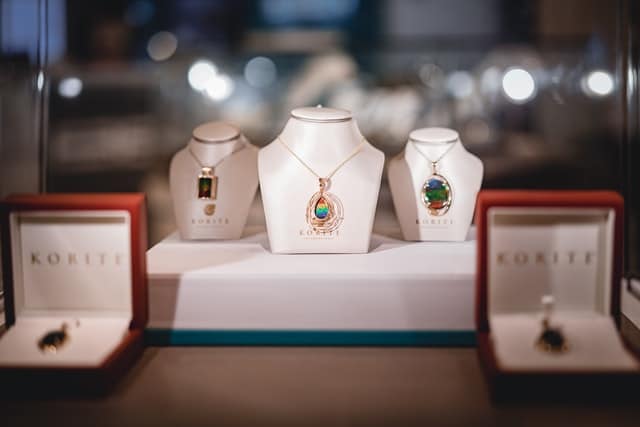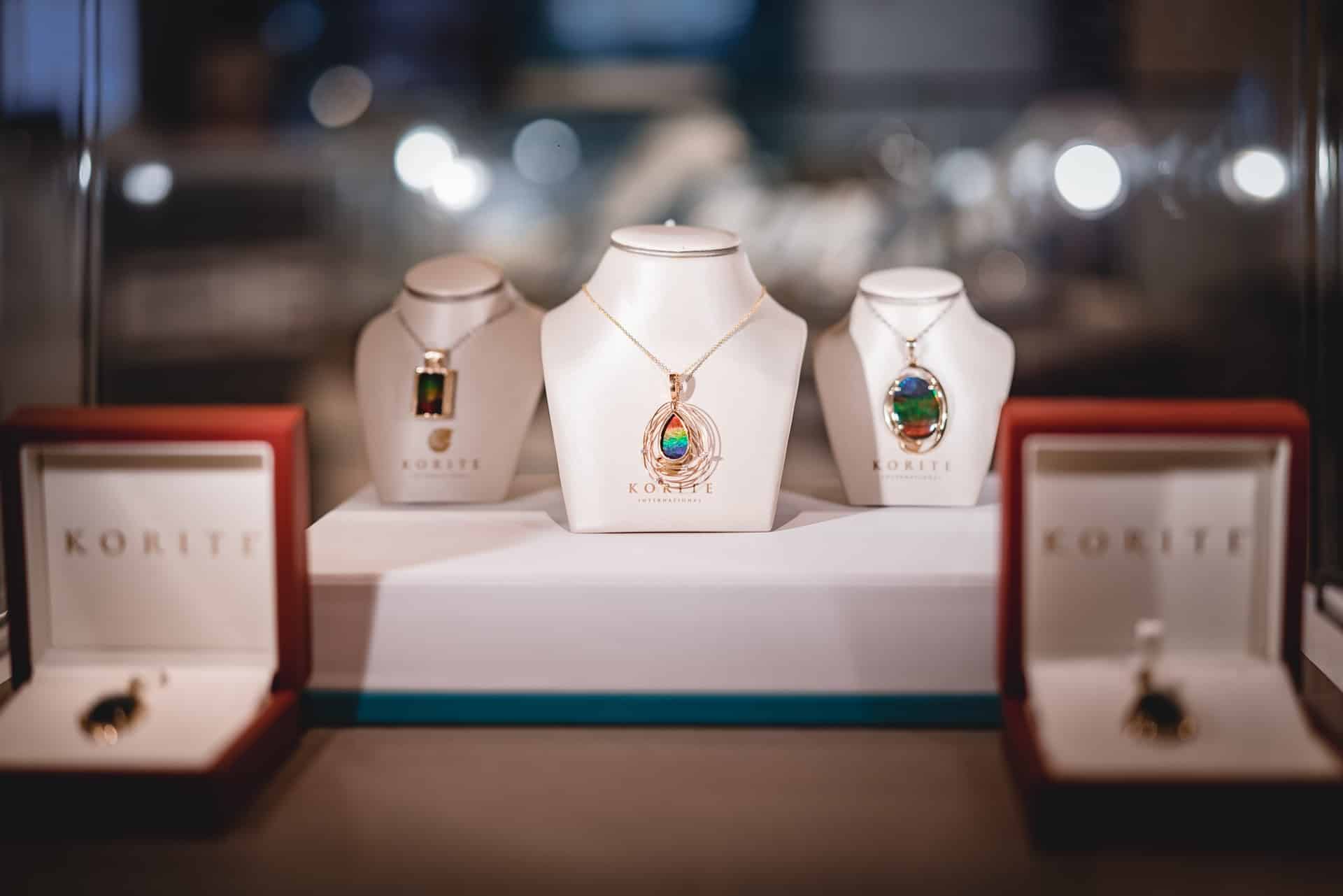
Despite its glamorous appeal, the jewelry industry requires a significant commitment for success. Before starting, it’s essential to look into the competition, pinpoint your targeted audience, and research everything you can about your product.
It’s critical to understand the jewelry manufacturing process if you’re a first-time jewelry designer trying to make your way in the industry. That essential knowledge will enable you to interact effectively with many professionals, allowing the production process to run smoothly.
Dealing with one organization throughout the process might make your journey much more manageable. They can streamline and simplify the entire process, helping you connect with professionals and choosing what is best for your business at every stage.
While working independently, you must also have a working knowledge of several technical processes to help chart out how to manufacture your own jewelry. You’re going to be dealing with several businesses for every step of the process, making this information particularly relevant.
Not sure where to begin? You’ve come to the right place.
From precious stones to one-of-a-kind handmade pieces, we’ve put together a comprehensive step-by-step guide to the jewelry manufacturing process.
This guide will go over everything you need to know about the jewelry manufacturing process, from the investment costs depending on the nature of your operation to determining whether or not a retail location is right for you. Continue reading to learn how to make a name for yourself in the industry.
Come Up With An Idea
The first step in the jewelry manufacturing process is to come up with a concept. This can be the most difficult aspect of the operation.
Consider it as putting the basic idea through a thorough vetting phase to ensure that it is viable. The following aspects must be addressed when coming up with a stunning design.
-
Is the Idea Unique and Marketable?
Start by getting a lay of the current industry dynamics.
The global luxury jewelry industry is worth about 18 billion euros in 2020. The jewelry market will grow from approximately 230 billion dollars in 2020 to around 292 billion dollars in 2025.
As a result, getting into the jewelry industry is a difficult task. To convert your concept into a stunning product on the shelf, you’ll need to be highly motivated and well-researched.
So, how do you know if your concept is viable?
The first step is to do your research in both formal and informal settings. Read industry trade magazines, particularly those focused on upcoming trends. They will help in determining your idea’s novelty and further your understanding of existing market trends.
The most widely circulated trade publications in the industry are:
- National Jeweler Magazine
- Professional Jeweller Magazine
- Jeweller Magazine
- The Jewelry Magazine
- Jewelry Focus
Once you’re up-to-date on relevant literature, it’s time to begin fieldwork.
Visit a large number of retailers, ranging from big department stores to small independent businesses. Time your visits to coincide with the introduction of new jewelry lines. New products are usually released in the fall to coincide with holiday shopping.
Take note of the packaging, jewelry styles in various price ranges, and marketing methods employed for each.
Online stores are gaining traction, driving hundreds of customers to their websites every season. Your fieldwork must include a deep dive into e-commerce.
You should do some research on the best players in the space before unveiling your online jewelry shop. Dogeared and Dana Rebecca Designs both produce high-quality ecommerce websites.
A user-friendly website design, smooth cart functionality, mobile optimization, digital marketing, and a great product will make an online venture successful.
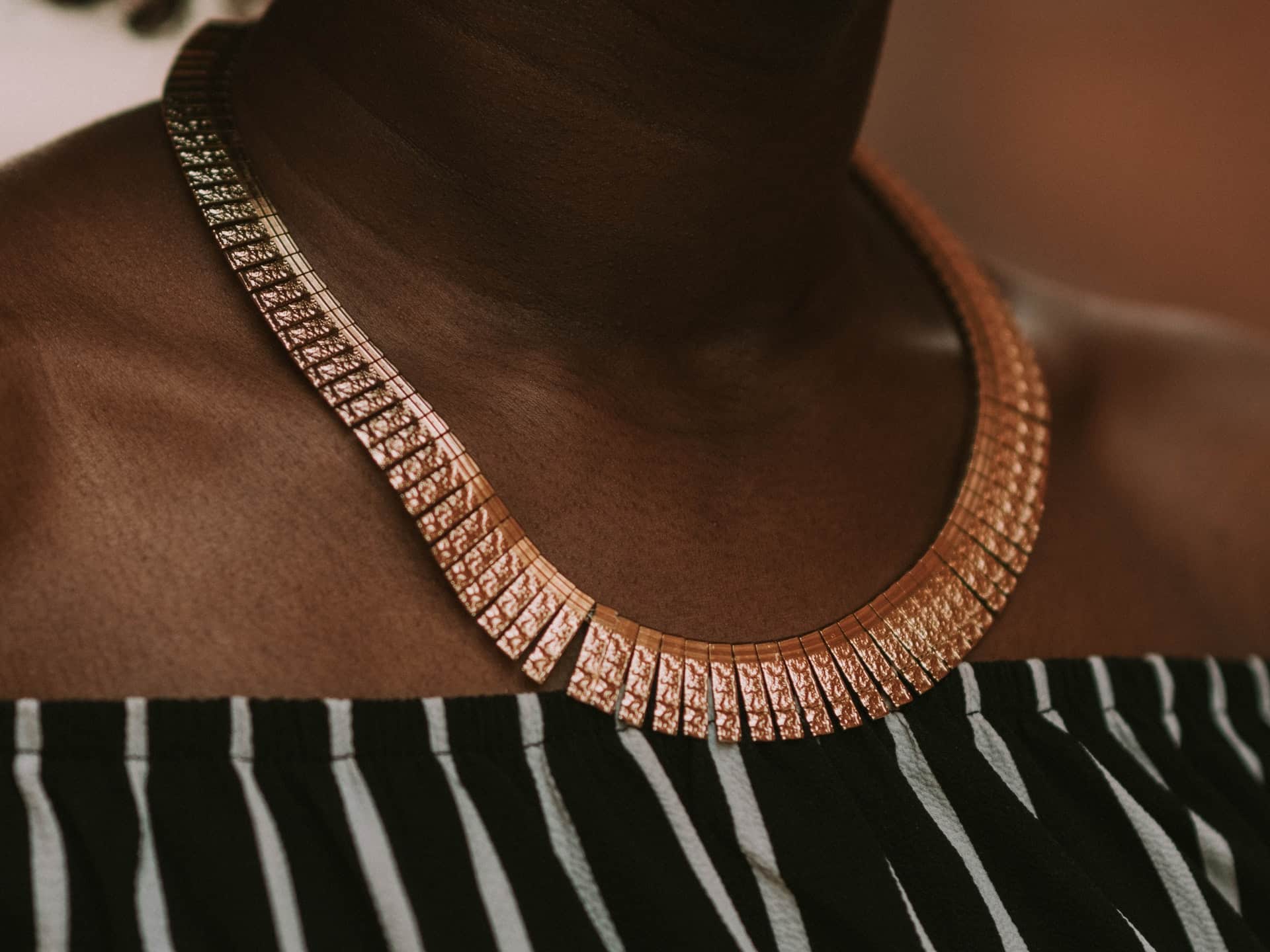
2. Will It Sell?
Now that you’ve ensured your product’s viability, the next phase is to see if your product concept is attractive to customers. When purchasing jewelry, different types of customers will look for additional features. For your idea to be deemed viable, it must fit their criteria.
Go through the checklist below to better understand the value of your idea:
- Is the piece long-lasting?
- Does it follow all safety rules and regulations?
- Is the idea appealing to a large consumer base?
- Is there growth potential?
The first few questions are relatively straightforward. If you want to manufacture jewelry, it must be safe, durable, and be considered a good return on investment in the consumer’s eyes. Use Understand Your Market, a nonprofit resource run by the US Small Business Administration, to learn more about the complexities of creating a marketable concept.
It’s critical to consider the growth potential.
Get large jewelry retailers interested in your concept by ensuring that you can extend your idea to create a whole line of accessories. It would be easier to sell your idea to a jewelry store if they can reveal new accessory lines every season.
3. Is It Cost-effective?
Begin by creating a prototype to assess cost-effectiveness.
You can compare the costs of making the prototype and make an educated guess based on various accounting methods.
The cost must be equivalent to other pieces in the same category to sell your product at a reasonable price and generate profit.
You will need to contact a merchandising specialist for cost estimates depending on the type of jewelry you produce. You can approach different experts for e-commerce and physical stores.
When working on accessories that involve advanced techniques, contacting a merchandising specialist is a must. To produce at a reasonable rate, sell at competitive prices, and turn a profit, you must keep the project’s overall cost in mind, from manufacturing to distribution.
You must also consider the scale of your initial roll-out, keeping in mind that large-scale production requires much more capital investment.
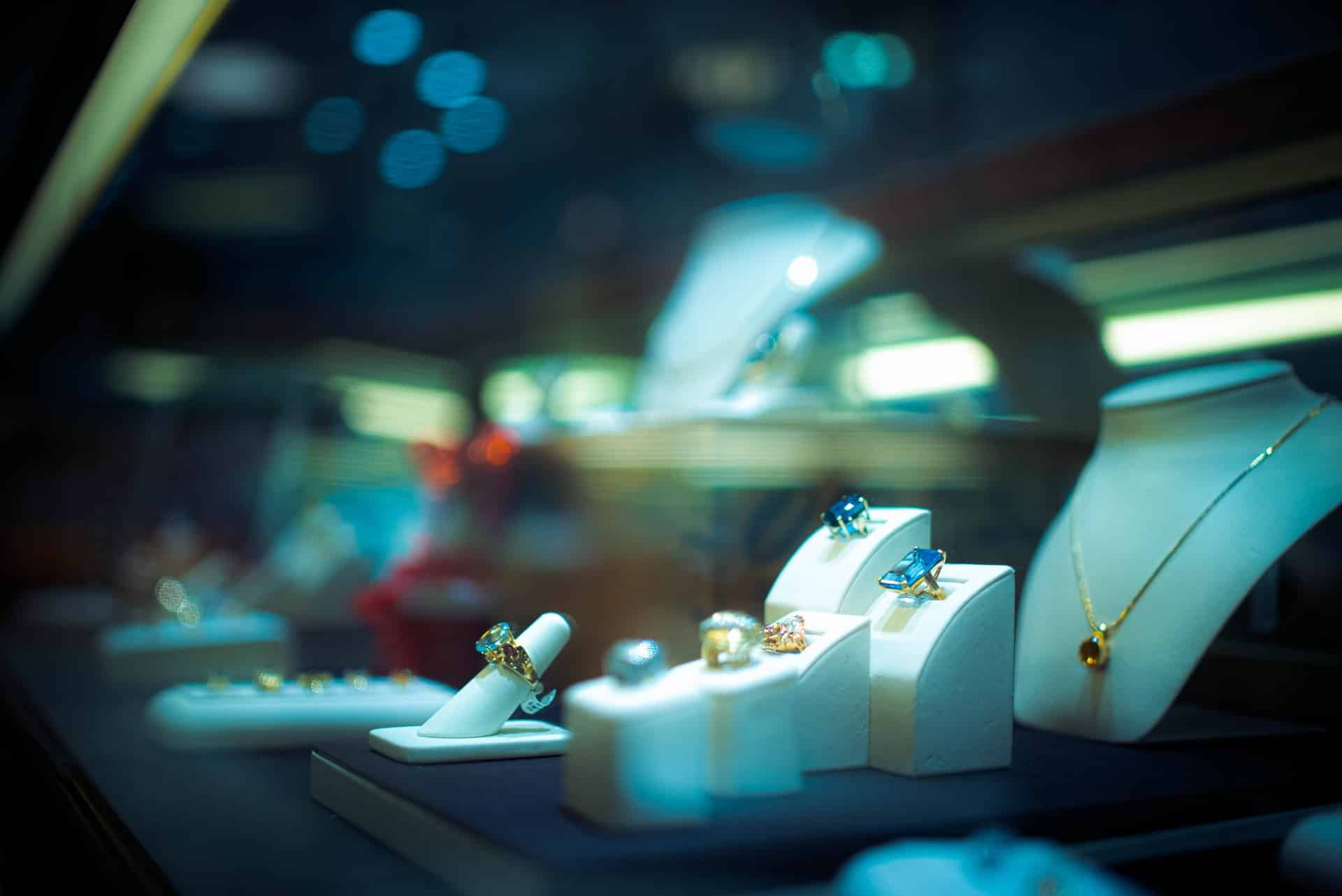
4. Is It Safe?
The Fashion Jewelry and Accessories Trade Association has developed a widely accepted set of regulations for product safety.
Keep in mind that there are special regulations for children’s jewelry.
Safety regulations can also vary by region. For example, every part of the world has specific regulations for chemicals used in the jewelry manufacturing process.
Knowing who your target audience is will assist you in identifying the exact requirements your product must fulfill to be deemed safe.
When making your jewelry, it’s essential to ensure that the jewelry is safe in the context of multiple parameters, such as age and chemicals in contact with skin.
5. Are You Legally Protected?
The term “legal protection” applies to the process of obtaining a patent or trademark. It’s critical to understand legal protection when manufacturing your own jewelry.
Conducting a patent search is the first step in securing a patent.
Patent attorneys are trained to carry out patent searches, during which they check various databases to see prior patents on a particular concept.
This process is essential to your market research because jewelry retailers may have patented accessories that are not yet available on the market.
You may learn how to perform a patent search and apply for a patent on your own or hire a licensed attorney to do it for you.
It takes a long time to get a patent of your own. To obtain a patent on your own, you would need to take patent law classes.
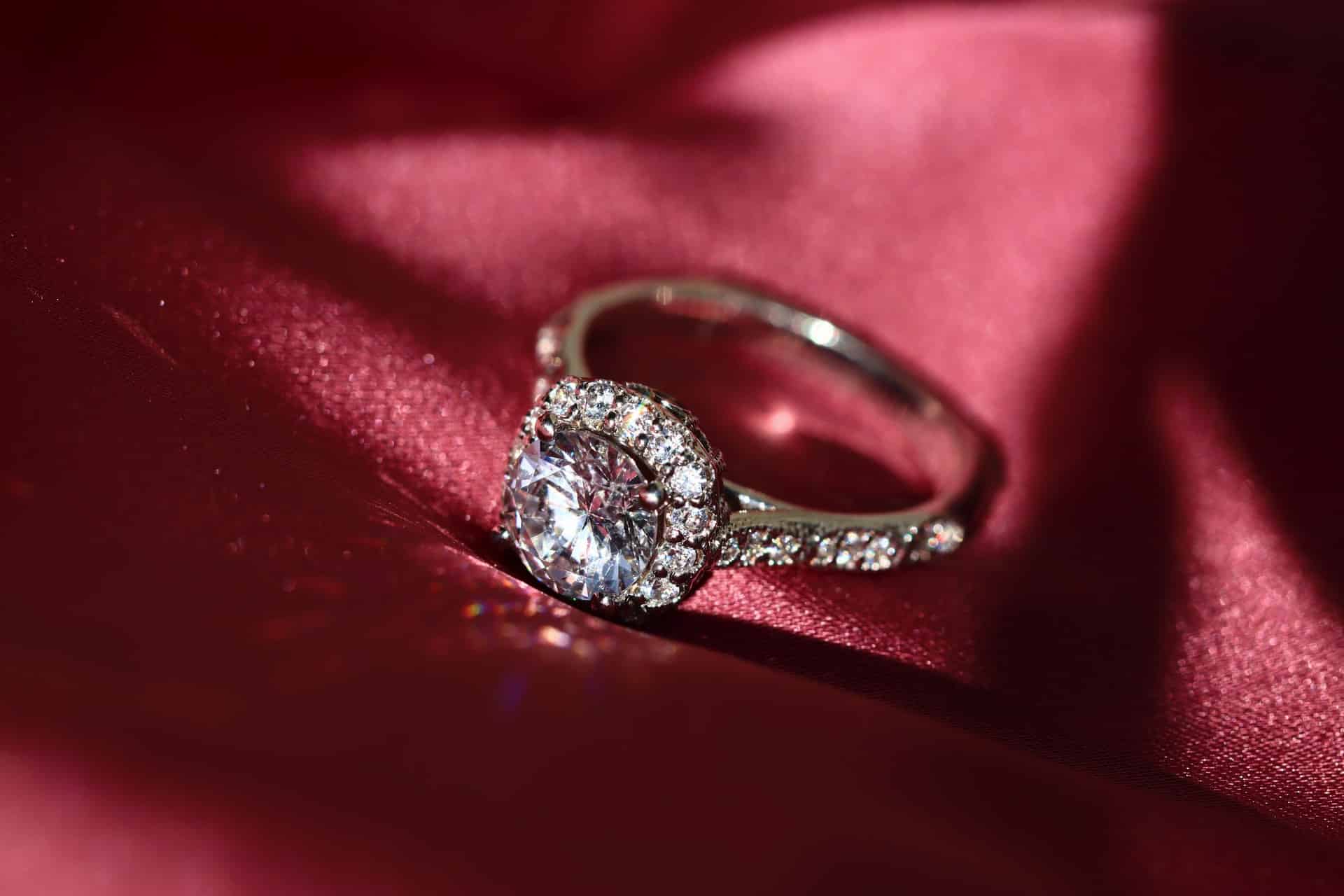
Identify Your Target Audience
It’s crucial to know who you’re trying to reach. Determine the gender and age group the accessory is best suited for, and learn about other hobbies and interests that your target audience enjoys.
For example, twenty-something-year-old women in the market for engagement rings may also be looking for elegant chokers or headpieces.
Classifying a target audience will allow you to focus your marketing and packaging efforts on an aesthetic that will appeal to them the most.
It’ll also help calculate a fair production cost and competitive market price for your jewelry.
Create The Design
You should start designing once you have a great idea and a target audience in mind. The list below is a step-by-step guide to further your understanding of the jewelry manufacturing process.
-
Have a Detailed Brainstorming Session
A brainstorming session is an excellent way to put all of your hard work into action.
That is the time to work on the accessory’s intricate features and finalize its design.
That’s where you can integrate your research, creativity, and market analysis to create a beautiful design.
The brainstorming session will assist you in developing an ambitious vision for the remainder of the process.
2. Prepare Sketches
You have two options for preparing sketches of your jewelry. You can hire a professional designer to prepare sketches for the piece or do it yourself. Use the brainstorming session as a guide to ensure you don’t forget any details.
Think about features such as size, colors, and potential variations in style.
When you’re designing a bracelet or a necklace, try out different styles until you find a sketch that you are happy with.
3. Designing a 3D Jewelry Model
Once you have an initial sketch, you can start designing a 3D model. 3D artists can create a digital model of your jewelry using CAD (Computer-Aided Design) software.
That can take one to seven days, depending on how busy the studio or artist is and the intricacies of the project.
You could also use software like Zbrush to create a 3D model yourself, but we recommend a professional’s help for this step.
Another route to consider is 3D wax printing.
In most modern jewelry manufacturing, a 3D printing system is used to print a wax model made of resin, which usually takes no more than 48 hours.
At this stage, the model might not look like what you had in mind. That’s completely okay! The proper form of your jewelry will start taking shape during the next few steps.
It also serves as a foundation for the new product prototype development, which is the next step in the jewelry manufacturing process.
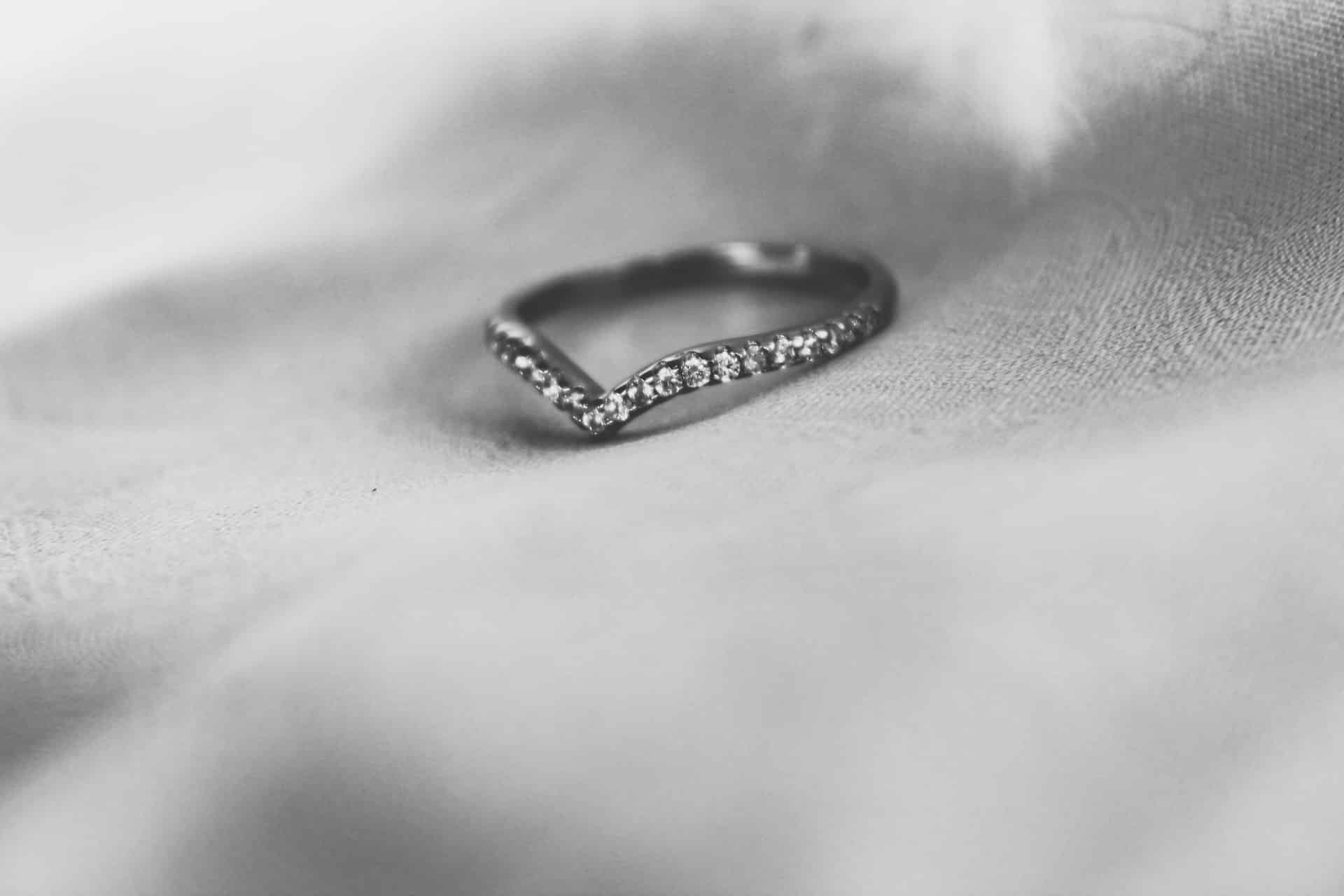
Create A Prototype
The jewelry goes through the casting process to create a prototype.
At this point, your piece begins to resemble jewelry you would find in a shop. The wax melts away, and your metal of choice, usually gold, silver, or platinum, is deposited in molten form.
After that, the metal hardens into the design of your jewelry. This method is known as “lost wax” casting.
Casting the designs saves time and provides a great return on investment, as they will be of great use in the next few steps.
Hire professionals with special casting equipment. That will allow you to concentrate on the artistic side of things. It’s a good idea to outsource custom design casting to avoid unnecessary expenses on casting equipment.
If your design involves precious stones, the stone-setting process is crucial.
The diamond setter places the diamonds or other gemstones on your piece in this step. He positions the central stone into the mount, and hand-drills side stones before placement. They place individual stones using a microscope.
Finally, a polisher works to ensure that the metal is perfectly polished. Local jewelry repair shops are the cheapest option for this step.
Find A Factory
You need to contact a suitable factory for mass production.
Working with a well-known retailer may speed up the process. They have long-term contracts with wholesalers and numerous factories that have a variety of production equipment.
When it comes to finding a factory that can meet your needs, independent producers have many choices. You can outsource manufacturing to other countries as well.
You must perform field research to ascertain a contractor’s credibility before outsourcing the production process.
To manufacture a safe and durable product, the factory you select must fulfill all of your specifications and international safety regulations.
You can use Online databases to narrow down your choices.
Supply Chain
To better understand the supply chain, keep the following steps in mind:
1. Plan
This step entails everything you must do before mass production can begin:
- Detailing your idea
- Designing a sample product
- Narrowing down the best factory for you
2. Procurement
Now that you have a strategy in mind think about the raw materials you’ll need and where you’ll get them. Depending on the type of jewelry you want to make, this phase will be different.
Building relationships with suppliers to source your products is critical at this stage. Competitive bidding investment-to-profit ratio analysis is used to procure the necessary equipment, facilities, and resources to begin the manufacturing process.
3. Manufacture
You need material, machinery, analytics, and other industry knowledge in the production of a product. That is where experts in the field, such as Gembah, can help.
The following are some of the most crucial factors:
- Proactively forecast the product demand
- Identifying and optimizing the bottleneck process management
- Overhead allocations and throughput analysis
- Productivity analysis and performance check
4. Deliver
The mode of distribution is crucial. Depending on your preferences, a variety of choices is feasible. Different models, such as cross-docking, will optimize the process depending on the available space and distribution system.
The delivery process is dependant on either:
- Wholesale dealers
- Retailers
Wholesalers are an essential aspect because inventory outflow relies on them. If you work independently, establishing good long-term relationships and determining delivery timings and practices can be challenging.
5. Retailers
Retailers are essential because they communicate directly with the customers. To improve our product placement in their stores or malls, retailers need a sufficient amount of bonuses.
For boosted margins and more prominent promotional shelves, you must examine the incentives given to retailers. These rewards inspire retailers to show goods in the best possible location.
5. Consumer
The final link in the chain is the customer. A thorough analysis is needed to set the price, encourage sales returns, product placement, and cater to customer demands. Each phase is determined by a systematic study of consumer behavior, a thorough review of CRM data, and other factors.
In the event of faulty goods or customer returns, you must have a policy in place. That will build the customer’s trust and build a loyal consumer base.

Get Started Now
For many people, the jewelry production process and the jewelry industry, in general, are intimidating. For even the most experienced entrepreneurs, the vast number of choices and their consequences can be challenging.
That’s where services like Gembah can help:
- Simplify the entire process, by guiding you through the do’s and don’ts of each phase
- Have a support system of professional designers, to help you design a great product
- Narrow down the best factory to meet your specific needs
- Strictly monitor the jewelry manufacturing process, to make sure high-quality products are delivered timely
- Prevent common mistakes, like lack of planning
- Find the right resources, from raw materials to retailers
- Create a product worth investing in to make sure your business succeeds
- Avoid money waste and increase profit margins
- Scout out the competition to make sure your product is better
- Deliver great products on time to maximize consumer satisfaction
If you have a stunning jewelry design in mind and want to start production, then get started today with Gembah and create gorgeous jewelry today.
